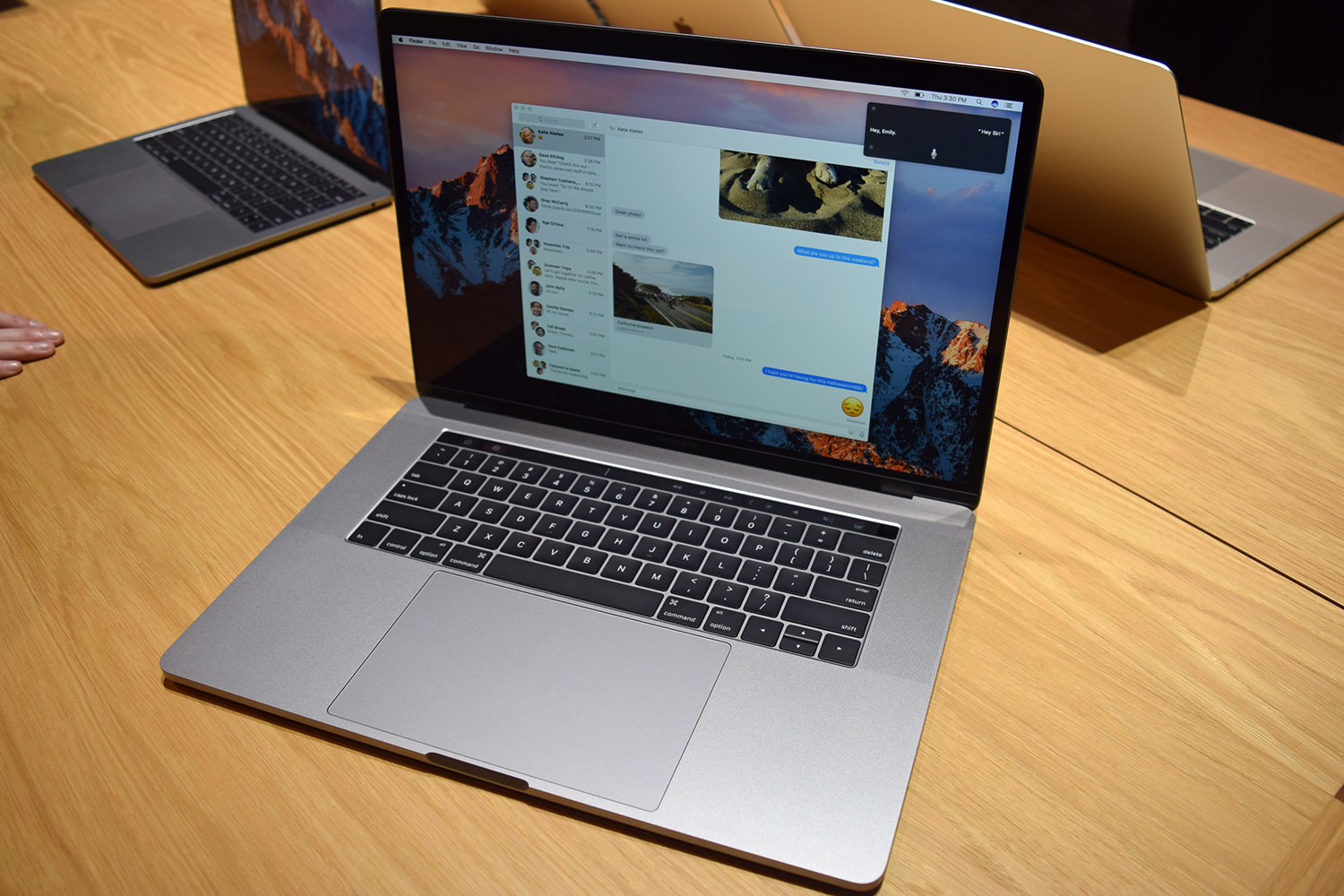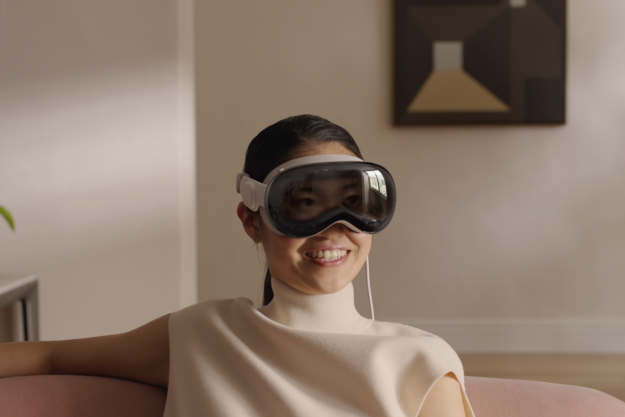
A recent benchmark showed that the Intel Core i9-8950HK processor installed in Apple’s latest 15-inch MacBook Pro could experience severe throttling under load. At that time, it was presumed that the issue was a result of its cooling design and the laptop’s slim case. Apple has since confirmed the issue, and noted that the problem stems from a software glitch. The MacOS High Sierra 10.13.6 update appears to have fixed the problem, with a number of users reporting an end to the throttling which so impacted performance of Apple’s new flagship MacBook Pro.
“Following extensive performance testing under numerous workloads, we’ve identified that there is a missing digital key in the firmware that impacts the thermal management system and could drive clock speeds down under heavy thermal loads on the new MacBook Pro,” Apple said in a statement to TechCrunch. It then released the firmware update which now seems to have fixed the issue.
David Lee, one of the first to pick up on the MacBook Pro throttling bug, confirmed in testing that the Core i9 laptop is now much faster than it was before and, crucially, faster than its Core i7 predecessor MacBook Pros, as per MacRumors. It also remains quiet, which is a major selling point of the MacBook Pro — though the thicker, louder Core i9 laptops from other manufacturers do offer much greater performance.
Prior to Apple’s confirmation, there were a number of different theories as to why the performance was being held back. One Redditor claimed that the throttling issue was caused by regulating voltage provided to Intel’s CPU. However, Apple has since refuted these claims, suggesting that the bug was purely caused by software.
While that may turn out to be the case, Lee and others have suggested it would have been nice to see a bespoke thermal solution from Apple for its Core i9 MacBook Pros, since additional cooling headroom would have allowed for a greater CPU frequency which, in turn, would have meant greater performance. The fact that larger Core i9 laptops from other manufacturers can hit those higher frequencies, suggests that greater cooling power has a major effect on the ultimate performance of the CPU.
The question now on many people’s lips, is how such a problem was so easily discovered by Apple users, and yet made it through the company’s own quality assurance.
Updated 07/25/18 with confirmation of the update fixing the throttling issue.
Editors' Recommendations
- Apple has backed itself into a corner
- The Vision Pro is already in trouble. Here’s how Apple can turn the tide
- These 6 tweaks take MacBooks from great to nearly perfect
- MacBook Pro 16 vs. MacBook Pro 14: The important differences
- If you buy one MacBook Air alternative, make it this one


